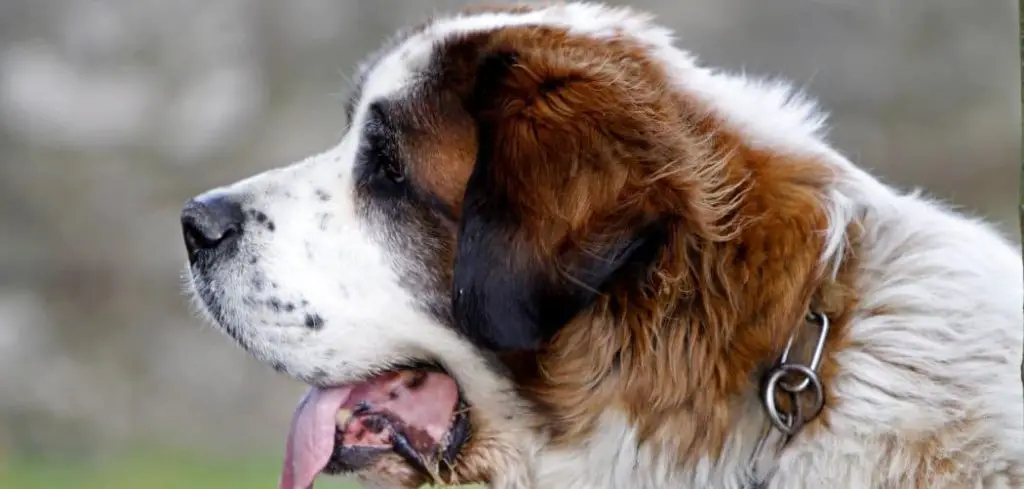When your dog has conjunctivitis and suddenly stops eating, it can be alarming and confusing. Eye problems are distressing enough on their own—but when your dog also refuses food, it may point to something more serious.
We outline the common causes of dog conjunctivitis and not eating, what you can do at home, and when to seek veterinary help.
Dog Conjunctivitis and Not Eating — Why It Happens
When conjunctivitis and appetite loss occur together, there’s often a deeper cause than just irritated eyes.
Eye infections can cause significant discomfort, leading to changes in mood and behavior. But when your dog refuses food as well, it may be a sign of systemic illness, pain, fever, or even an underlying infection that’s affecting more than just the eyes.
Some causes may be directly linked (like an upper respiratory infection), while others may be separate issues occurring simultaneously.

Common Causes of Dog Conjunctivitis and Not Eating
Upper Respiratory Infection
Upper respiratory infections in dogs, especially viral ones like canine influenza or kennel cough, can cause both conjunctivitis and appetite loss.
The infection may inflame the eyes, causing redness, discharge, and squinting. At the same time, your dog may feel feverish, congested, or too nauseated to eat. These infections are more common in dogs exposed to boarding kennels, shelters, or dog parks.
Appetite typically drops when your dog feels generally unwell or struggles to smell food due to nasal congestion.
Canine Distemper
Distemper is a serious and contagious viral disease that can affect your dog’s eyes, respiratory system, digestive system, and nervous system.
One of the early signs includes conjunctivitis—watery or pus-like discharge from the eyes. As the disease progresses, your dog may become lethargic, stop eating, and develop fever, coughing, vomiting, or even seizures.
Distemper is life-threatening, especially in unvaccinated puppies or shelter dogs, and requires urgent care.
Eye Trauma or Irritation
Foreign bodies like grass seeds, dust, or scratches from play can injure the eye and trigger conjunctivitis.
If the pain is severe, your dog may become withdrawn or stressed and avoid eating. Dogs with eye injuries often squint, paw at the eye, or keep it shut.
Pain and stress can reduce appetite—especially if the trauma also caused other discomfort like facial swelling.
Allergic Reaction
Dogs can suffer from seasonal or food allergies that cause red, itchy eyes and systemic inflammation.
If your dog has conjunctivitis due to allergies, it may also experience skin irritation, sneezing, ear infections, or gastrointestinal upset that leads to appetite loss.
Sometimes the allergic reaction itself causes nausea or food aversion, especially if it affects the stomach or causes bloating.
Read more: Dog Eye Red and Not Eating (When to worry)
Fever or Systemic Infection
Fever from any systemic infection (bacterial, viral, or fungal) can result in conjunctivitis as well as a general loss of appetite.
Your dog may be lethargic, warm to the touch, or reluctant to move. Conjunctivitis may be just one symptom of a deeper illness affecting multiple body systems.
Infections that cause internal inflammation—like tick-borne diseases or leptospirosis—can reduce interest in food while producing eye symptoms.
Pain or Dental Problems
Pain from conditions unrelated to the eyes—such as dental abscesses, gum infections, or jaw discomfort—can cause your dog to stop eating.
At the same time, dogs may paw at their face or eyes, leading to irritation or secondary conjunctivitis from constant rubbing.
If your dog avoids hard food or drools while eating, this may point to oral pain contributing to both issues.
What to Do If Your Dog Has Conjunctivitis and Isn’t Eating
Try to make your dog as comfortable as possible while observing them closely. Gently wipe eye discharge with a clean, damp cloth (use a separate cloth for each eye).
You can offer soft, bland food like boiled chicken and rice to encourage eating—especially if your dog may be nauseated. Warming the food can also make it more appealing by enhancing the smell.
Keep your dog in a quiet, low-stress environment while limiting exposure to other pets (in case the cause is infectious).
Artificial tear drops or saline rinses may provide temporary eye relief, but avoid using any medicated drops unless prescribed.
Avoid forcing food, as this can worsen nausea. Prioritize hydration by offering fresh water or low-sodium broth.
When to Call or Visit Your Vet
Seek veterinary attention if your dog shows any of the following:
Yellow or green eye discharge
Both eyes affected
Refuses food for more than 24 hours
Signs of fever (warm ears, lethargy, panting)
Pawing at eyes or face constantly
Vomiting, coughing, or nasal discharge
Rapid worsening of symptoms
Your vet can perform an eye exam, check for ulcers, test for infections, and determine whether medication is needed.
They may also perform blood work if a systemic cause is suspected.
Read more: Dog Ear Infection and Not Eating (What it means)
Key Takeaway
When your dog has conjunctivitis and isn’t eating, it’s important to look beyond the eyes. While the irritation itself can reduce comfort, appetite loss usually signals something more.
Monitor symptoms closely, keep your dog comfortable, and don’t delay contacting your vet if signs persist or worsen. Early diagnosis can make a big difference in treating both the eye issue and any underlying cause.
